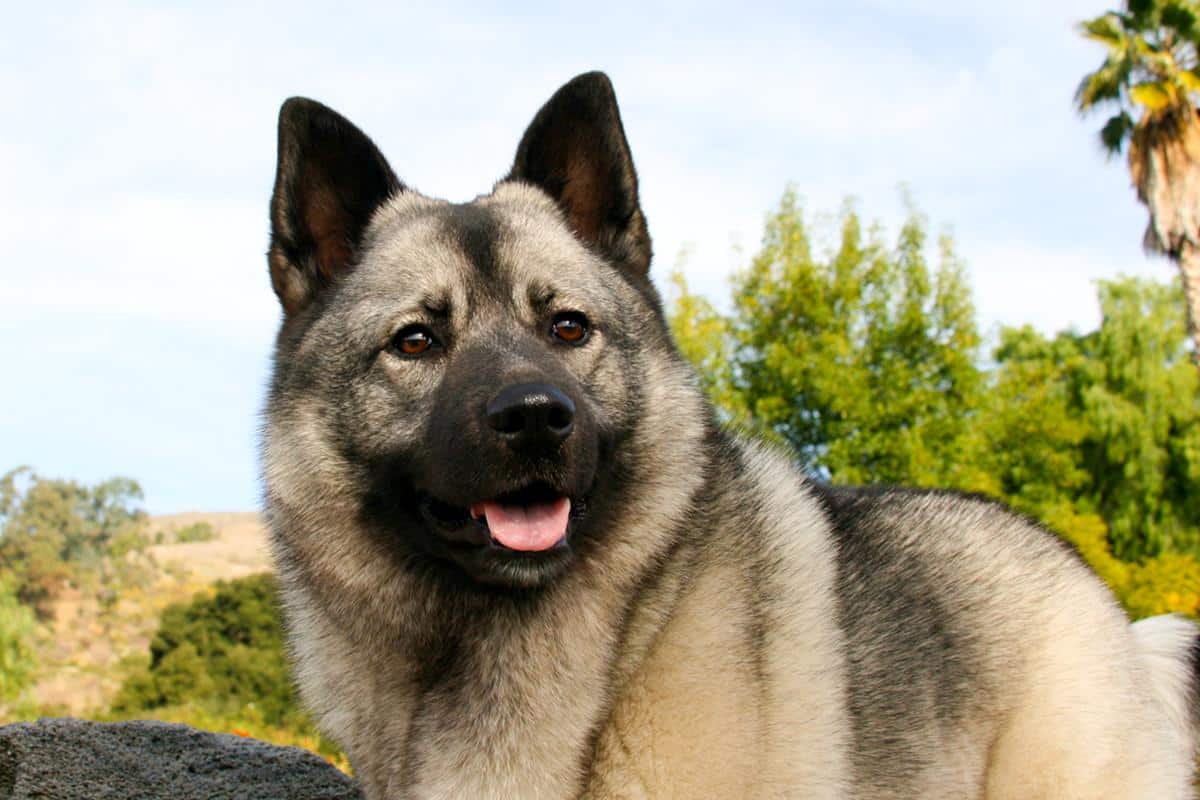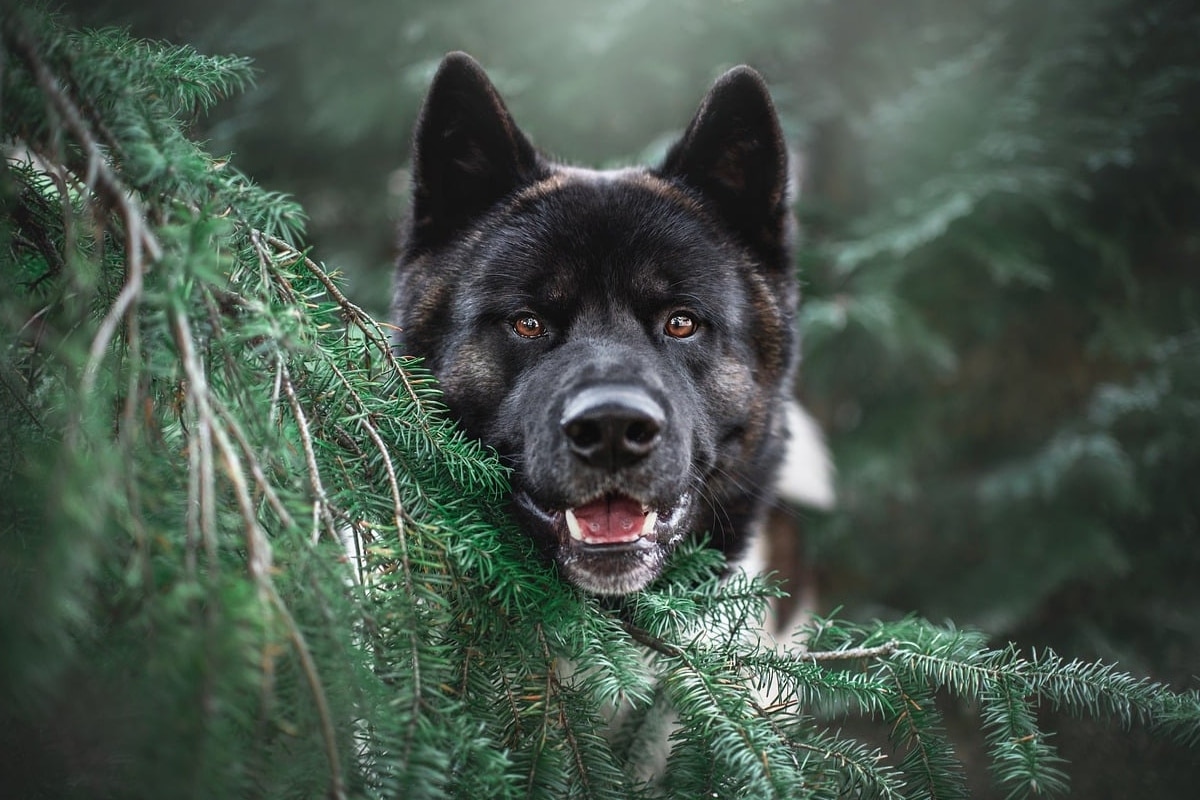

Some dogs haven’t strayed far from their wild roots. While many breeds were shaped for cuddles or show rings, these canines still carry sharp instincts, fierce independence, and raw intelligence. Their behavior hints at an untamed past—keen senses, high prey drives, and a bold streak that’s hard to ignore. They’ll howl at the moon, stalk squirrels like prey, and trade belly rubs for a challenge. Living with one feels like sharing space with a wilderness expert. If you crave wild energy indoors, these dogs proudly bring it home.
Shiba Inu

The Shiba Inu may be small, but this Japanese breed packs an ancient spirit. Bred over 2,000 years ago to hunt game in Japan’s rugged mountains, Shibas are incredibly alert, independent, and cunning—still deeply embedded in their modern personalities. They’re known for their fox-like appearance and aloof charm, rarely being clingy and often opting to think for themselves. Don’t expect a Shiba to follow commands blindly; their intelligence usually comes with a strong sense of self. When they give you affection, it feels like a rare honor bestowed by a tiny, dignified forest spirit.
Basenji

Dubbed the “barkless dog,” the Basenji is one of the oldest dog breeds still in existence. Originating from central Africa, this breed was used to flush game and control pests in dense forests. Instead of barking, they make a yodel-like sound called a “barroo,” thanks to a uniquely shaped larynx. Basenjis are fiercely independent, exceptionally clean, and incredibly agile—traits developed from surviving and hunting in rugged terrain. Their aloof nature and intense curiosity make them feel more like cats with primitive hunting software. You don’t train a Basenji—you negotiate with one.
Siberian Husky

There’s a reason the Siberian Husky is so often compared to wolves—they’re practically cousins in both looks and instincts. Originally bred by the Chukchi people of Siberia for endurance sled pulling, Huskies are tough, pack-oriented, and highly energetic. Their independent streaks and love for running make them notorious escape artists. They’ll howl rather than bark, dig to cool themselves off, and thrive in cold climates. Huskies are social but not people-pleasers—they’re pack members. Training one means understanding the primal need to move, work, and sometimes test your patience like a true survivor.
Alaskan Malamute

The Alaskan Malamute is one of the oldest Arctic sled dogs, developed for hauling heavy loads across snowy landscapes. Built for endurance and strength, they still retain that raw, wild-dog tenacity. Malamutes are highly social within their “pack” but can also be independent thinkers. Their love of digging, howling, and challenging authority signifies a breed still connected to its ancestral roots. This is not a lap dog—it’s a snow-plowing powerhouse with fur, pride, and a soft spot for raw meat. If you’re not careful, it might build a den under your couch.
Canaan Dog

The Canaan Dog is the national dog of Israel, and its lineage stretches back to biblical times. These dogs initially survived in the wild deserts of the Middle East, guarding flocks and alerting humans to danger. They are unique because many modern Canaans were captured and tamed from wild populations in the 20th century. Their instincts are sharp—they’re naturally wary of strangers, extremely alert, and very territorial. They’re not aggressive, just always on watch. This is your dog if your home needs a security system with fur and ancient desert DNA.
Thai Ridgeback

The Thai Ridgeback is a muscular, independent breed that has remained largely untouched by modern breeding. Hailing from Thailand, these dogs were used for hunting and guarding in rural areas, often surviving with minimal human assistance. That self-sufficient history is still very much part of their character today. Thai Ridgebacks are fiercely loyal to their families but wary of strangers. They’re athletic, strong-willed, and often prefer to make their own decisions rather than follow orders blindly. They’re beautiful, rare, and slightly feral—in the most captivating way.
Norwegian Elkhound

One look at a Norwegian Elkhound and you know this is no lapdog. Used for centuries to hunt moose and bear in the cold forests of Norway, Elkhounds are fearless, vocal, and incredibly resilient. They have thick coats, sturdy frames, and an unmistakable wolfy presence. Their instincts include scent tracking, guarding, and keeping their pack safe. They’re loyal and loving, but also proud and independent. An Elkhound won’t blindly obey—they’ll question your decision and maybe counter-offer. Living with one is like coexisting with a wild spirit that occasionally approves of you.
Akita

The Akita, Japan’s national treasure, is a bold, loyal breed that doesn’t take affection lightly. Initially bred for hunting large game such as boar and bear, Akitas have a stoic, almost regal demeanor that reflects their ancient lineage. They’re protective, often aloof with strangers, and intensely bonded to their families. Don’t expect tail wags for strangers or instant obedience. Akitas choose when to give affection, which makes their loyalty feel all the more special. They’re not wild in temperament, but the primal pride in their eyes tells you they remember where they came from.
Carolina Dog

Also known as the “American Dingo,” the Carolina Dog is a fascinating breed believed to descend from ancient dogs that migrated with humans from Asia across the Bering land bridge. For centuries, they lived feral in the Southeastern U.S., particularly in the swamps and forests of the Carolinas. That wild heritage still marks their behavior—they’re pack-oriented, wary of strangers, highly alert, and extremely agile. Despite their primitive instincts, they bond strongly with their families and can thrive in domestic settings with proper socialization. If you want a pet with the soul of a survivor, meet the Carolina Dog.
The Wolves Who Raided The Dog Bowl

Some dogs are more Bear Grylls than backyard buddy. While others chase tennis balls, these primitive-spirited pups are tracking scents, plotting escapes, and eyeing squirrels like dinner. They’re wild at heart but loyal to the core. Owning one means striking a balance between freedom and structure. You don’t train them—you partner with them. Give them purpose, respect, and room to roam, and they’ll reward you with fierce devotion. They may not obey every command, but they’ll follow you anywhere. Just don’t expect fetch—they’re too busy scouting the perimeter.
The post 9 Wild-Rooted Dog Breeds With Primitive Instincts Still In Their Blood appeared first on iHeartDogs.com.
via Whisker Therapy